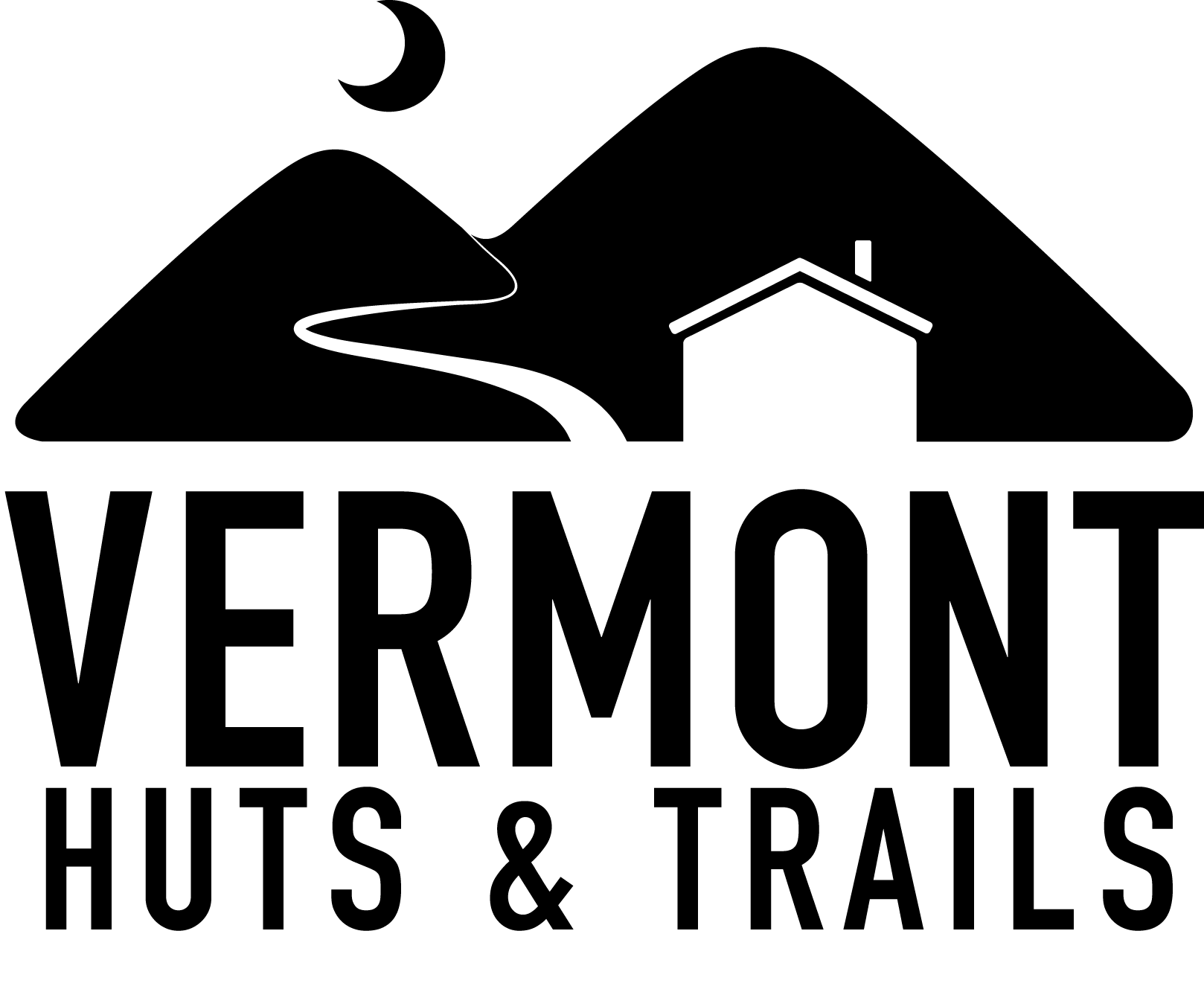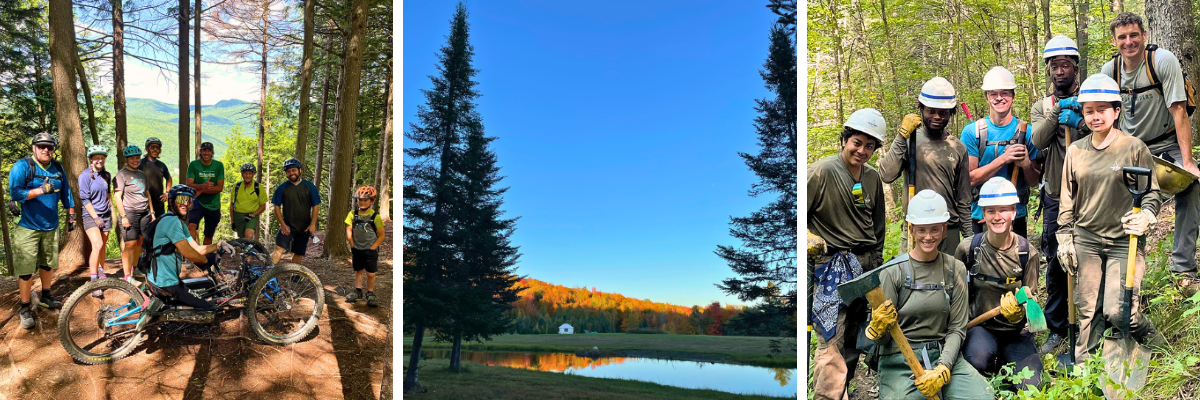Season’s Greetings
As 2016 comes to a close, winter in Vermont is in full swing. December has given us abundant levels of snow, and the long-term forecast continues to look quite favorable. The backcountry is filling in, and our pursuits will soon bring us deep into the mountains – far removed from the hustle bustle and sometimes stressful happenings of the holiday season.
Just like you, we’ve been taking full advantage of this phenomenal month. We’ve used our excitement and energy from the mountains to power us in the office – laying the groundwork for a busy 2017.
Our goals for Q1 include:
- Building our hut operators’ web pages to begin promoting their facilities
- Offering insurance coverage for our aspiring hut operators
- Launching our online reservation platform for easy booking of existing huts
- Reaching out to community members who may be interested in hosting a hut
Because this is uncharted territory in Vermont, we’re bound to encounter a few obstacles. But with your continued support, we are confident these plans will become reality. Just last week we opened new discussions with two cabin owners in southern and central Vermont who are excited to make their facilities part of our network. And these structures aren’t just capable of hosting skiers – they’re located in prime recreation areas capable of serving hikers and mountain bikers alike – providing accommodation opportunities throughout the year.
Best Management Practices
While there are roughly 30 huts, cabins, and inns that might serve as viable destinations across our state’s trail networks, we will ultimately need to construct new facilities and connector trails in order to complete a statewide network. With that in mind, we are in the process of partnering with other hut organizations in the Northeast to research and establish Best Management Practices for the development and maintenance of future hut operations in our region.
Once funding is secured for this project, Vermont Huts Association will lead the initiative to produce a set of guidelines for hut operators to reference during their planning of new facilities. These include important considerations such as smart siting to avoid fragile ecosystems, effective waste management, promoting environmental education opportunities for guests, and facilitating collaboration across the public and private sectors to ensure the long-term sustainability of each project.
We have a long way to go before Vermont’s hut network is complete, but the work we are doing today puts us on the path to creating what I believe will be one of the most comprehensive year-round hut systems in the United States.

